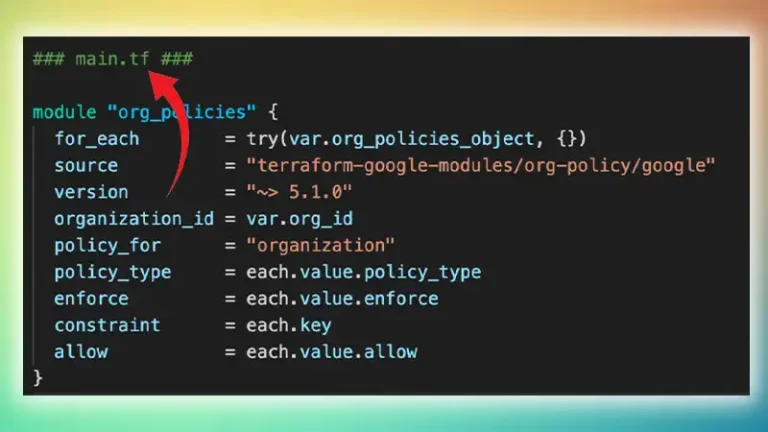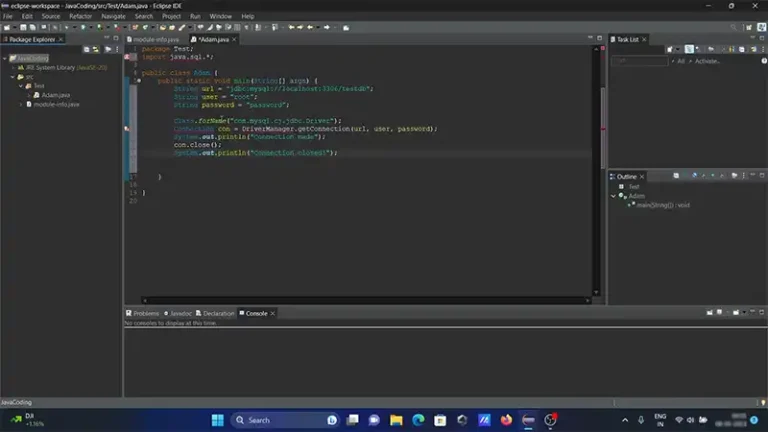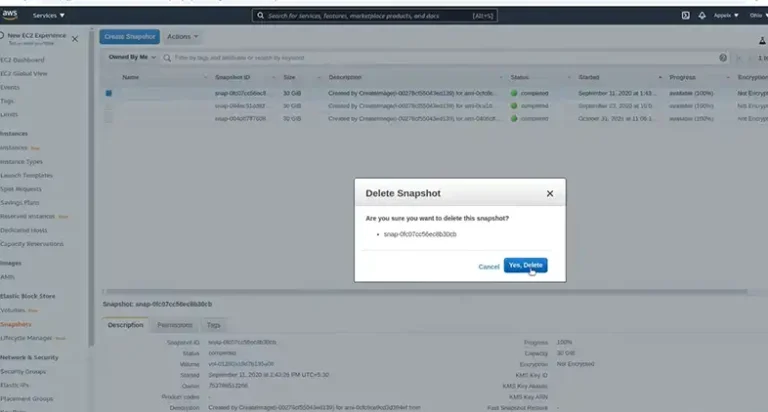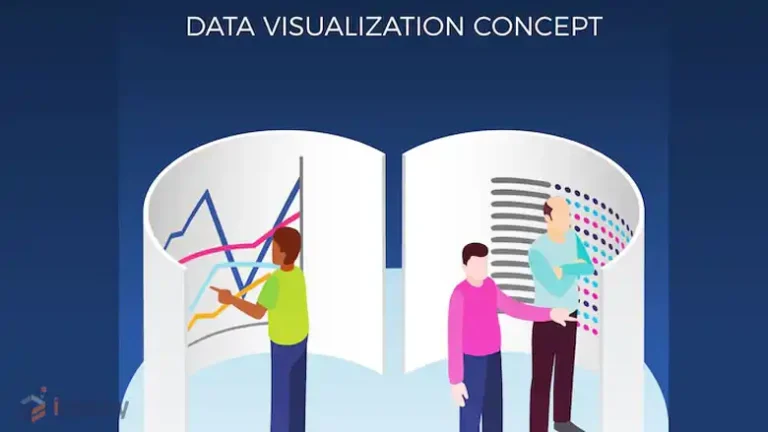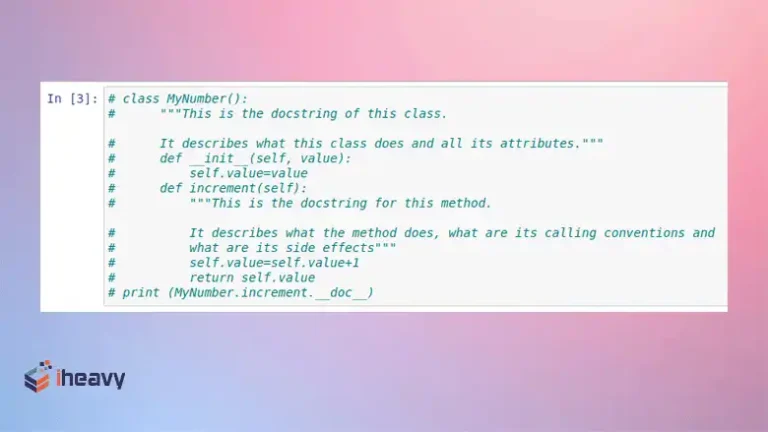Learn to create live arrangements step-by-step beginner guide
How to Learn to Create Live Arrangements – A Step-by-Step Guide for Beginners
Creating live arrangements is an essential skill for musicians producers and performers who want to bring their music to life on stage or in dynamic studio sessions. Unlike static recordings live arrangements require careful planning adaptability and a deep understanding of musical structure. Whether you’re working with a band electronic setups or solo performances mastering this craft will elevate your artistry and audience engagement.
Live arrangements transform compositions into fluid interactive experiences. They allow you to improvise adjust to the energy of the crowd and highlight different elements of your music in real time. However the process can seem daunting for beginners–balancing technical precision with creative spontaneity requires practice and a structured approach.
This guide breaks down the fundamentals of live arrangement into clear actionable steps. You’ll learn how to structure your tracks for flexibility choose the right tools and rehearse effectively. By the end you’ll have the confidence to craft dynamic performances that captivate listeners and keep your music fresh every time you play.
Understanding the Basics of Live Arrangements
Live arrangements are the backbone of dynamic performances allowing musicians and producers to adapt their tracks in real time. Unlike pre-recorded sets live arrangements involve manipulating elements like loops effects and instruments on the fly.
Key components of live arrangements include:
- Loops & Samples – Pre-recorded segments that can be triggered or layered during performance.
- MIDI Controllers – Hardware devices used to control software instruments and effects.
- Effects Processing – Real-time adjustments like reverb delay or filters to enhance the sound.
- DAW Integration – Using software like FL Studio Free Download – Essential DAW to organize and trigger elements.
Structure is crucial. A well-planned arrangement ensures smooth transitions between sections. Common techniques include:
- Building tension with risers or breakdowns.
- Dropping or muting elements to create contrast.
- Looping sections for improvisation.
Practice is essential. Start with simple arrangements gradually incorporating more elements. Use tools like FL Studio to experiment with automation and clip triggering.
What is a live arrangement in music production?
A live arrangement in music production refers to the process of structuring and performing a song dynamically in real-time rather than relying on pre-programmed sequences. Unlike studio arrangements which are fixed live arrangements allow musicians to modify elements like tempo instrumentation and structure during a performance.
Key aspects of live arrangements include improvisation audience interaction and adaptive transitions. Performers often use hardware controllers MIDI instruments or DAWs with session view modes to trigger loops samples or effects spontaneously. This approach keeps performances fresh and engaging.
Live arrangements are common in electronic music jazz and bands that emphasize stage presence. They require a deep understanding of musical structure timing and technology to execute seamlessly. The goal is to balance planned sections with real-time creativity.
Producers and performers use live arrangements to enhance energy respond to crowd feedback or reinterpret tracks uniquely for each show. Mastering this skill involves practice technical setup and the ability to think on the fly.
Key differences between studio and live arrangements
Creating music for studio recordings and live performances involves different approaches. Understanding these differences helps musicians adapt their arrangements effectively.
- Complexity vs. Simplicity
- Studio arrangements allow for layered tracks effects and precise editing.
- Live arrangements require simplicity for smooth execution often reducing layers for clarity.
- Flexibility
- Studio recordings are fixed; changes require re-recording.
- Live performances allow real-time adjustments improvisation and audience interaction.
- Sound Engineering
- Studio mixes prioritize balance and perfection with unlimited tweaking.
- Live mixes focus on clarity volume control and adapting to venue acoustics.
- Instrumentation
- Studio arrangements may use virtual instruments samples or overdubs.
- Live arrangements rely on real instruments and performers often requiring substitutions for unavailable sounds.
- Performance Dynamics
- Studio recordings capture isolated takes with minimal energy constraints.
- Live performances demand stamina stage presence and consistent energy throughout.
Mastering both styles ensures versatility whether crafting polished studio tracks or engaging live shows.
Why timing and structure matter in live setups
Live arrangements require precise timing to maintain energy and engagement. A poorly timed transition or misplaced element can disrupt the flow making the performance feel disjointed. Tight synchronization between instruments loops and effects ensures a cohesive sound.
Structure provides clarity for both performers and audiences. A well-defined arrangement–intro buildup climax breakdown outro–guides listeners through the journey. Without structure live sets risk sounding chaotic or monotonous.
Consistent timing allows for improvisation without losing control. When the foundational rhythm and structure are solid artists can experiment freely while keeping the audience locked in. Deviations feel intentional rather than accidental.
Structured arrangements improve workflow during performances. Pre-planned sections reduce decision fatigue letting performers focus on expression. Knowing when changes occur prevents rushed transitions or missed cues.
Audiences subconsciously recognize tight timing and logical progression. A well-structured set feels professional and polished elevating the overall experience. Sloppy execution distracts from the music itself.
Choosing the Right Tools and Software
Selecting the right tools is crucial for creating live arrangements efficiently. The ideal software should match your workflow skill level and musical style. Focus on flexibility ease of use and compatibility with your hardware.
Digital Audio Workstations (DAWs) are the foundation of live arrangement production. Popular options include Ableton Live FL Studio and Logic Pro. Ableton Live excels in live performance with its session view while FL Studio offers intuitive pattern-based sequencing. Logic Pro provides advanced mixing tools for detailed arrangements.
MIDI controllers enhance workflow by allowing tactile control over virtual instruments. Compact keyboards like the Akai MPK Mini or pad controllers like the Novation Launchpad are beginner-friendly. For more expressive performances consider controllers with aftertouch or faders.
Virtual instruments and sample libraries shape your sound. Free plugins like Vital or Surge offer powerful synthesis while premium libraries like Kontakt provide high-quality orchestral and electronic sounds. Prioritize lightweight plugins for stable live performances.
Audio interfaces ensure low-latency monitoring and clean signal processing. Focus on models with reliable drivers and sufficient I/O such as the Focusrite Scarlett series. For live setups USB hubs with independent power prevent connectivity issues.
Backup solutions are essential. Use cloud storage or external drives to save projects. Redundant setups like running identical software on two laptops minimize failure risks during performances.
Must-have hardware for live arrangements
Creating live arrangements requires reliable hardware to ensure smooth performances. Below is a list of essential equipment for beginners.
| Hardware | Purpose | Key Features |
|---|---|---|
| MIDI Controller | Triggers sounds controls software instruments | Velocity-sensitive keys assignable knobs/faders |
| Audio Interface | Connects instruments/mics to a computer | Low-latency multiple inputs/outputs |
| Laptop/Computer | Runs DAW and virtual instruments | Fast processor sufficient RAM |
| Mixer | Balances audio levels routes signals | Multiple channels built-in effects |
| Headphones/Monitors | Accurate sound monitoring | Flat frequency response closed-back (for headphones) |
| Foot Controller | Hands-free control over effects/loops | Programmable switches sturdy build |
Investing in quality hardware ensures stability and flexibility during live performances. Choose gear based on your setup and performance needs.
Top software options for beginners
Choosing the right software is crucial for learning live arrangements. Here are the best beginner-friendly options:
- Ableton Live Intro – Intuitive interface session view for live looping and built-in instruments. Limited tracks but perfect for starters.
- FL Studio Fruity Edition – Pattern-based workflow easy piano roll editing and lifetime free updates. Lacks audio recording but great for MIDI.
- Bitwig Studio 16-Track – Modular design clip launching and hardware integration. Slightly steeper learning curve but powerful.
Free alternatives to consider:
- LMMS – Open-source with step sequencer piano roll and plugin support. No audio recording.
- BandLab – Browser-based DAW with multitrack recording and collaboration features. Requires internet.
- Soundtrap – Cloud-based with loop libraries and real-time collaboration. Subscription model.
Key features to look for:
- Drag-and-drop workflow
- Preloaded sounds/loops
- MIDI controller compatibility
- Real-time performance modes
How to set up your workspace for live performance
Choose a stable ergonomic setup with enough space for all equipment. Position your laptop MIDI controller and audio interface within easy reach. Ensure cables are organized to avoid tangling during performance.
Connect your audio interface to the laptop via USB or Thunderbolt. Route outputs to monitors or a PA system. Use balanced cables (XLR or TRS) to minimize noise interference.
Set up your MIDI controller with proper mapping in your DAW or performance software. Assign knobs faders and pads to essential controls like volume effects and clip triggering.
Optimize your laptop for live performance: disable background apps enable high-performance mode and allocate sufficient RAM to your music software. Use an external SSD for faster sample loading.
Place monitoring speakers at ear level angled toward your position. Keep them away from microphones to prevent feedback. Use headphones for cueing tracks if needed.
Test all equipment before performing. Check audio levels MIDI responsiveness and software stability. Prepare backup cables adapters and a power strip.
Label inputs outputs and controls for quick adjustments during live sets. Keep essential tools like Velcro ties gaffer tape and a flashlight nearby.
FAQ:
What basic equipment do I need to start creating live arrangements?
To begin you’ll need a computer with a digital audio workstation (DAW) a MIDI controller or keyboard headphones or studio monitors and an audio interface if recording live instruments. Free or affordable DAWs like GarageBand Reaper or FL Studio are great for beginners. A simple setup helps focus on learning arrangement techniques without overwhelming gear choices.
How do I structure a live arrangement so it keeps the audience engaged?
Start by planning sections like intro verse chorus and breakdown. Build energy gradually—for example begin with minimal elements and add layers as the track progresses. Use automation to adjust volume filters or effects over time. Listen to tracks you admire and note how they transition between sections to maintain interest.
Can I learn live arrangement without knowing music theory?
Yes but basic theory helps. Focus on understanding chords scales and song structure first. Many DAWs include tools like chord generators or scale highlighting to assist. Experiment with loops and presets to hear how elements fit together. Over time you’ll develop an ear for what works even without formal training.
What’s the best way to practice arranging live sets?
Try remixing existing songs—shorten or extend sections swap instruments or change the tempo. Recreate arrangements from tracks you like to see how they’re built. Set small goals like arranging a 1-minute segment then expand. Regular practice with feedback from others speeds up improvement.
How do I transition smoothly between different parts of a live arrangement?
Use techniques like risers drum fills or filter sweeps to signal changes. Automate reverb or delay tails to blend sections. Cutting lows before a drop or adding silence for a beat can create impact. Test transitions at low volume to ensure they sound natural and adjust timing if needed.
What basic equipment do I need to start creating live arrangements?
To begin you’ll need a computer with a digital audio workstation (DAW) like Ableton Live FL Studio or Logic Pro. A MIDI controller (keyboard or pad) helps with playing and recording parts. Good headphones or studio monitors ensure accurate sound. A simple audio interface improves recording quality if you plan to use live instruments or microphones. Start small—you don’t need expensive gear to learn the basics.
How can I practice arranging music without getting overwhelmed?
Break the process into steps. First focus on structuring short loops into full sections (intro verse chorus). Experiment with adding or removing layers to create dynamics. Try recreating simple arrangements from songs you like—this helps you understand common patterns. Work in short sessions and avoid perfectionism early on. Over time you’ll build confidence to handle more complex arrangements.

